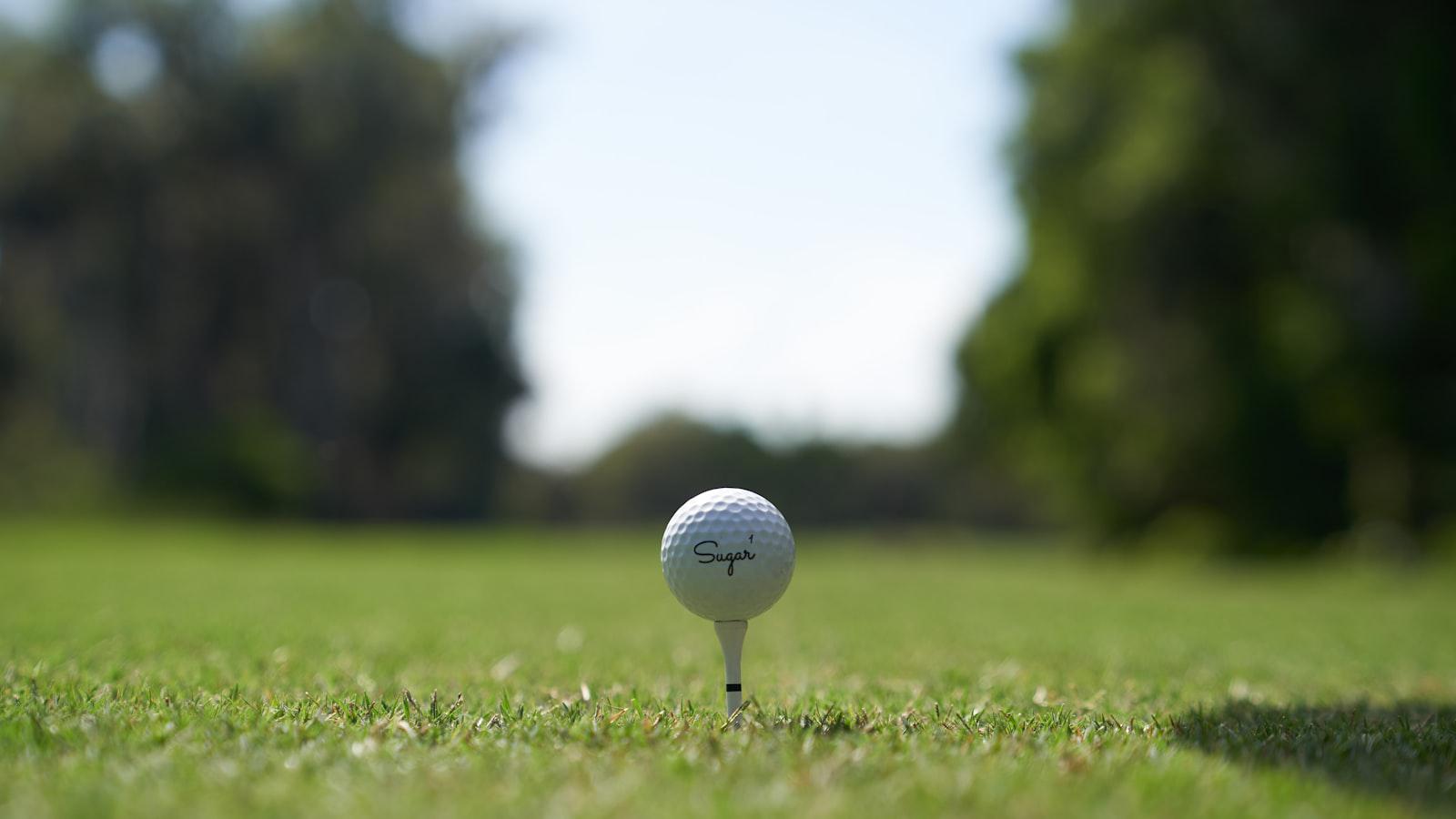– Caddy-Player Dynamics in Professional Golf
## Caddy-Player Dynamics in Professional Golf
The relationship between a caddie and a professional golfer is a complex one. It is a partnership that is based on trust, respect, and mutual understanding. The caddie is responsible for providing the golfer with advice on shot selection, club selection, and course strategy. The golfer, in turn, must be willing to listen to and trust the advice of their caddie.
When this partnership is working well, it can be a major advantage for the golfer. A good caddie can help a golfer to improve their game and achieve their goals. However, when the relationship is not working well, it can be a major distraction. A bad caddie can hurt a golfer’s confidence and make it difficult for them to focus on their game.
Patrick Reed’s Viral Roast: A Case Study
In 2019, Patrick Reed was involved in a viral roast that shed light on the caddy-player dynamic. Reed’s caddie, Kessler Karain, roasted Reed for his driving skills. “Biggest thing is driving the golf ball I guess… good thing your caddy’s a family member… he’d be prob be dragging him up the last hole I swear… just what you want to hear after you’re you’re looking at the ball in the tree and he goes you need to drive it better… thanks Kessler I appreciate it… great words of wisdom. Drive it better.” Reed responded in good humor, but the roast highlighted the importance of the caddy-player relationship.
Reed and Karain have a good relationship, which is evident in their banter. However, this roast also shows that even the best relationships can have their moments of frustration. The key is to be able to communicate openly and honestly with each other, and to be able to trust each other to get through the tough times.
– The Role of Caddies in Decision-Making and Emotional Support
## The Role of Caddies in Decision-Making and Emotional Support
Decision-Making: Caddies play a crucial role in assisting players with strategic decision-making on the course. They provide valuable insights into course conditions, shot selection, and potential hazards. By leveraging their knowledge and experience, caddies can help players make informed decisions that can positively impact their performance. For instance, in the viral roast of Patrick Reed, his caddie, Kessler Karain, aptly advised him to “drive the golf ball better” after Reed hit a poor drive. This timely suggestion could have influenced Reed’s subsequent shot selection and potentially affected the outcome of the hole.
Emotional Support: Caddies also offer emotional support to their players. During high-pressure situations or challenging conditions, caddies can provide encouragement, motivation, and reassurance. Their presence on the course can help players stay focused, manage their emotions, and maintain a positive mindset. The bond between player and caddie is often built on trust and mutual respect, enabling the caddie to effectively support the player not only with technical advice but also with emotional guidance. This emotional support can play a significant role in fostering a player’s confidence, resilience, and overall performance.
– Effective Communication Strategies for Caddies and Players
## Effective Communication Strategies for Caddies and Players
Caddies and professional golfers must have effective communication strategies to succeed on the course. Caddies serve as the player’s advisor, providing advice on shot selection, course strategy, and mental management. Effective communication allows the caddy to convey information clearly and efficiently, while the player can articulate their thoughts and feedback to shape the decision-making process.
To foster effective communication, both caddies and players should focus on developing verbal and non-verbal communication skills. Verbal communication involves using clear and concise language, avoiding jargon or technical terms that the player may not understand. Non-verbal communication includes gestures, facial expressions, and body language that can convey important messages without words. For example, a caddy might tap their foot impatiently to indicate that the player is taking too long to make a decision, or they might point to a specific spot on the green to suggest the line of the putt. By understanding and utilizing both verbal and non-verbal cues, caddies and players can enhance their communication and improve on-course performance.
– Enhancing Caddie-Player Relationships for Optimal Performance
## Enhancing Caddie-Player Relationships for Optimal Performance
To foster a productive caddie-player relationship, open and honest communication is paramount. Caddies should provide candid feedback on the player’s game, offering insights that might not be immediately apparent to the player. This includes discussing areas for improvement, such as club selection, course management, and mental approach.
It’s crucial for players to receive feedback without taking it personally. They should recognize that the caddie’s primary goal is to help them improve. Players should also be receptive to suggestions and be willing to adjust their strategy accordingly. Open communication fosters trust and allows both parties to work together effectively towards shared objectives.
| Effective Caddie-Player Relationship | Ineffective Caddie-Player Relationship |
|---|---|
| Open and honest communication | Lack of communication or withholding of information |
| Trust and respect | Mistrust or undermining of authority |
| Mutual respect | One-sided relationship or disrespect |
| Shared goals and vision | Conflicting goals or lack of alignment |
As we have seen in the YouTube video, the relationship between caddie and player is not always easy. There may be times when the player is frustrated with the caddie’s advice, or when the caddie is frustrated with the player’s performance. However, the best caddie-player relationships are built on trust and respect. The caddie must be able to trust that the player will listen to their advice, and the player must be able to respect the caddie’s expertise.
When the caddie-player relationship is working well, it can be a powerful force in helping the player to achieve their goals. The caddie can provide the player with the support and guidance they need to perform at their best, and the player can give the caddie the satisfaction of knowing that they have helped to make a difference.








